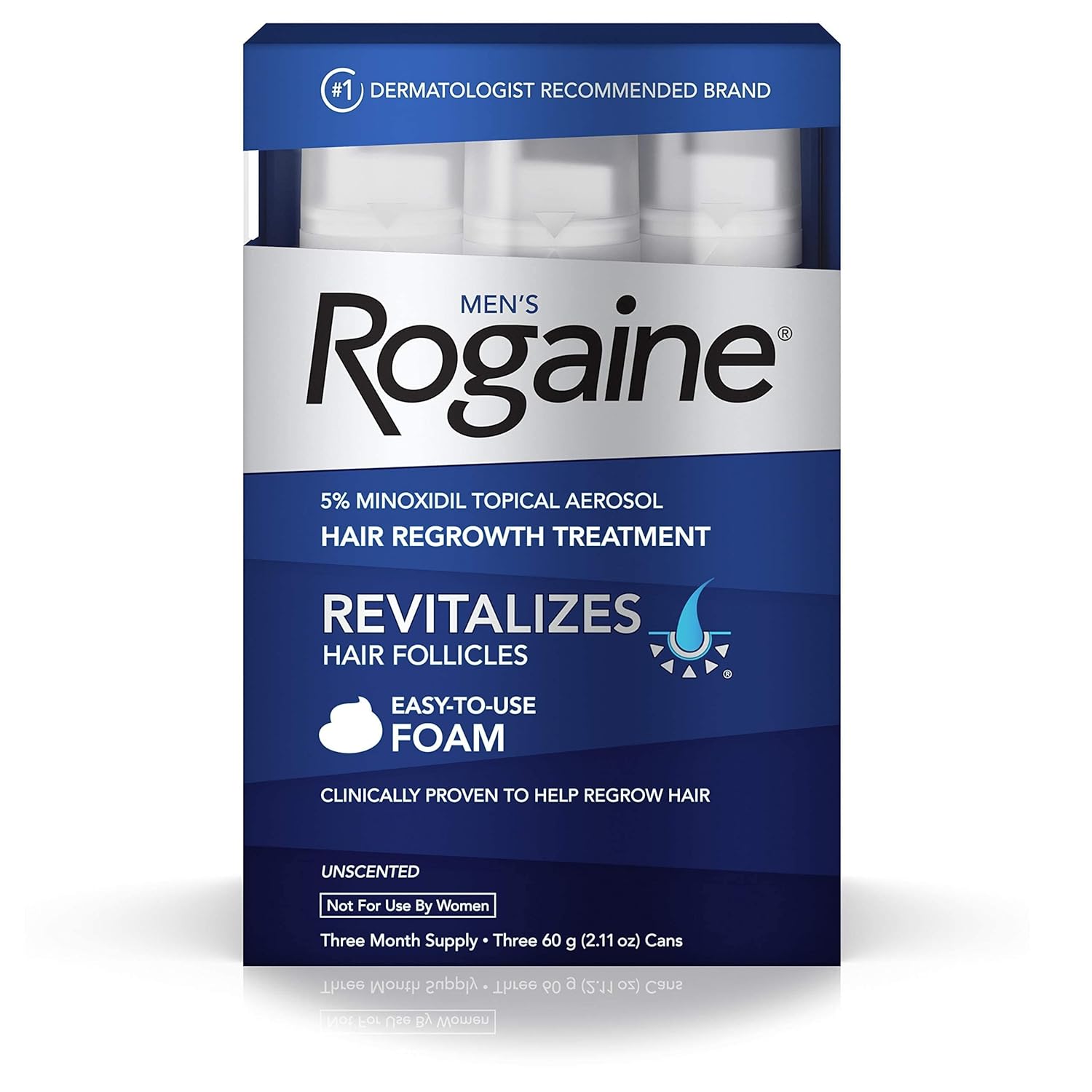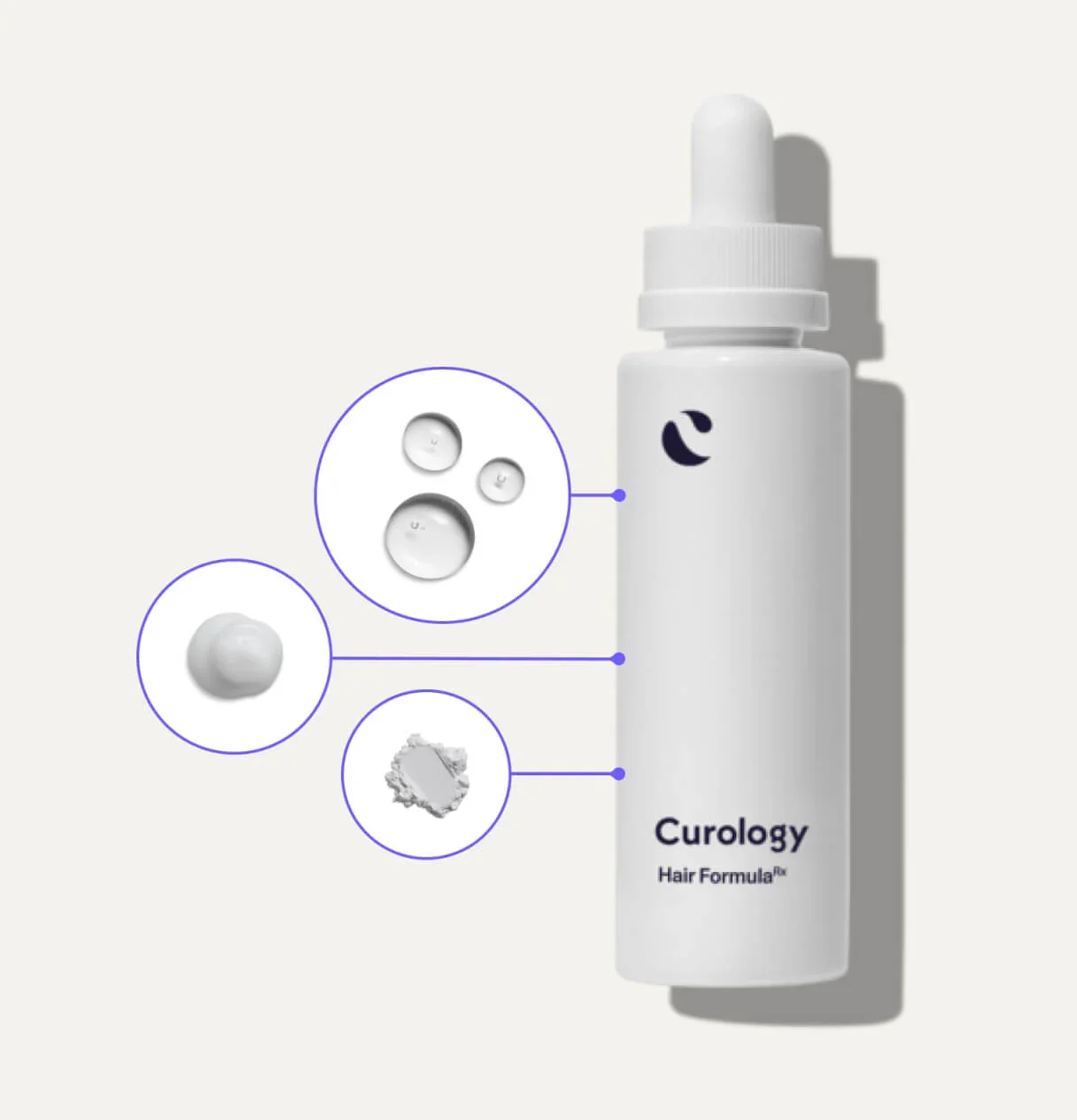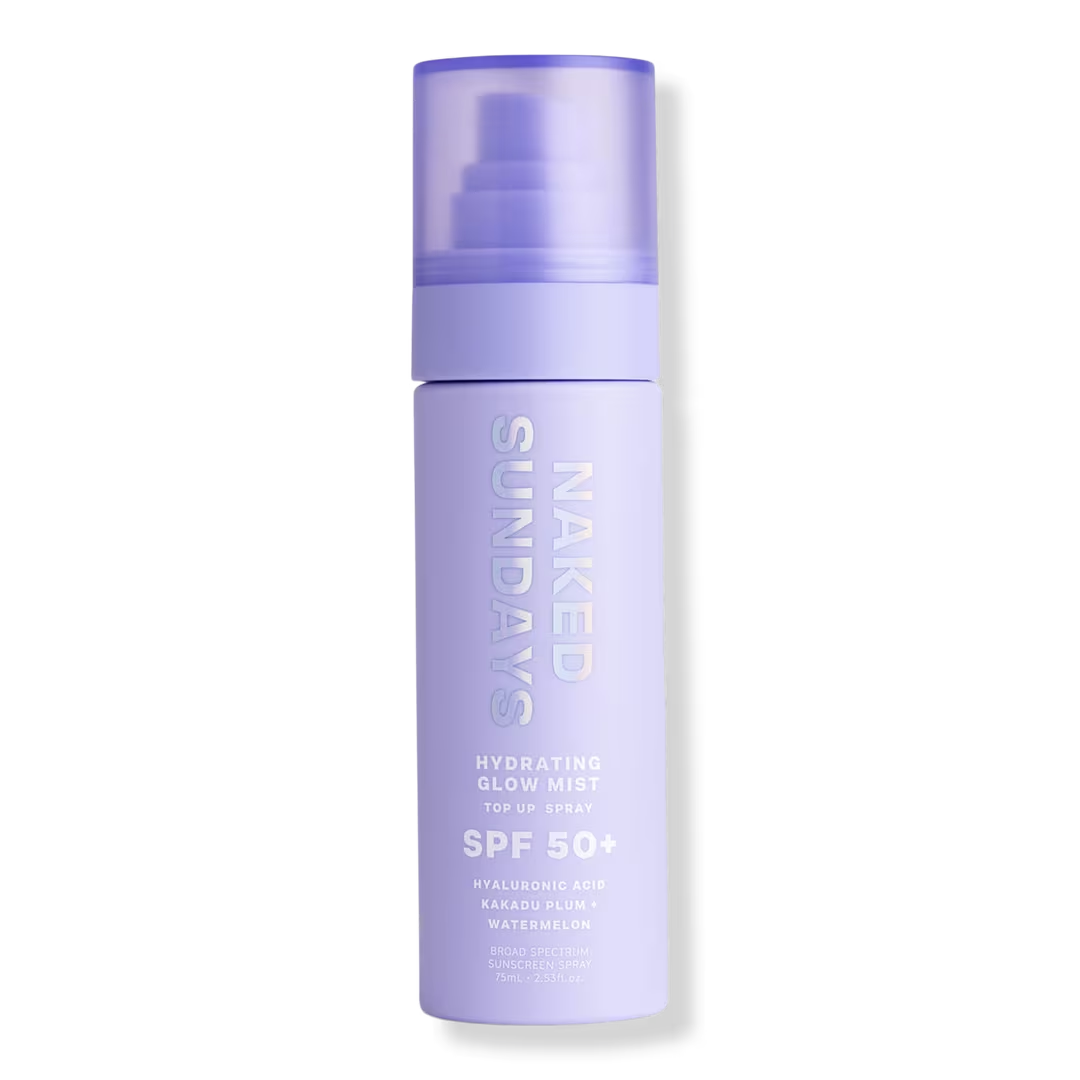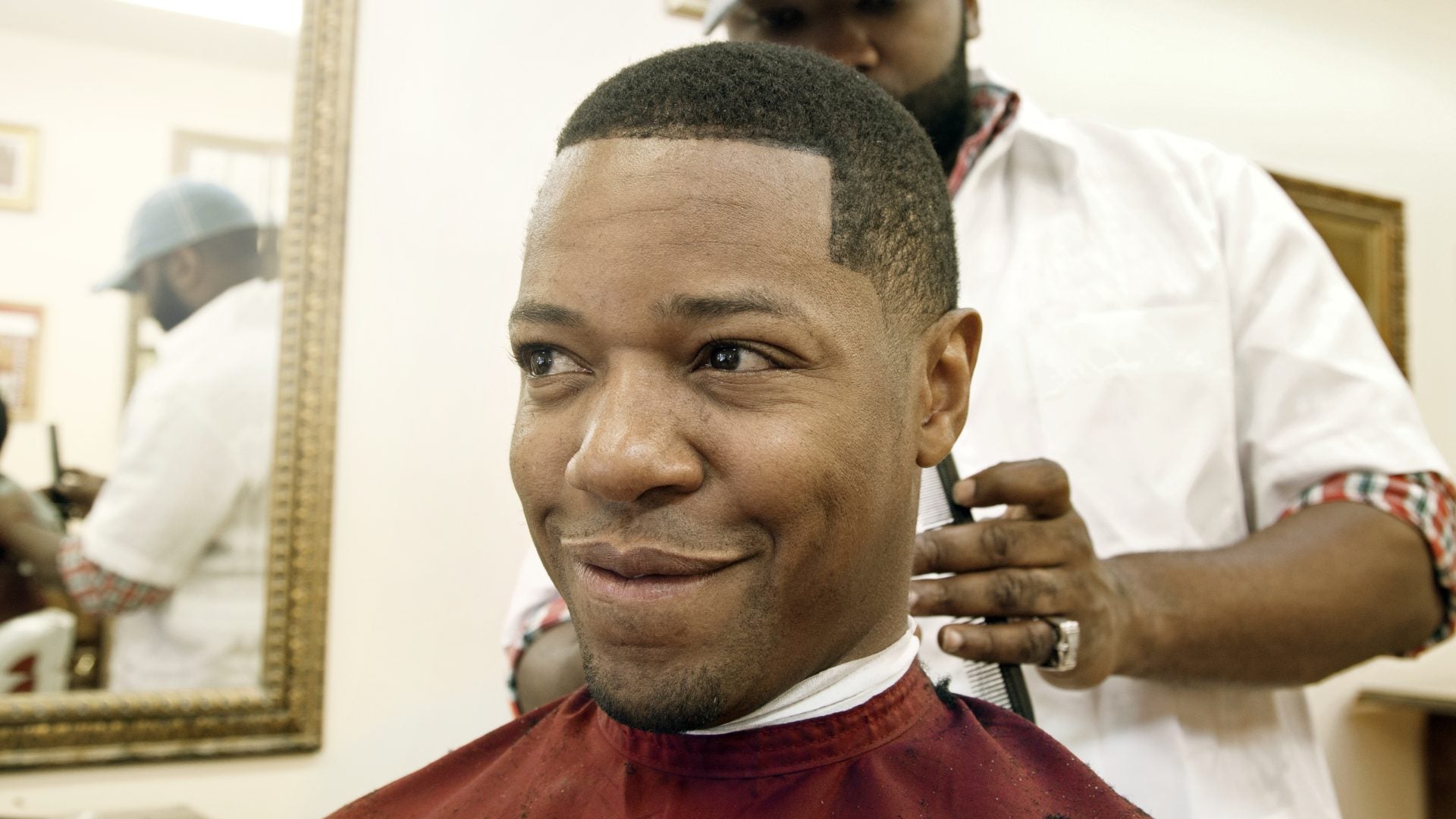
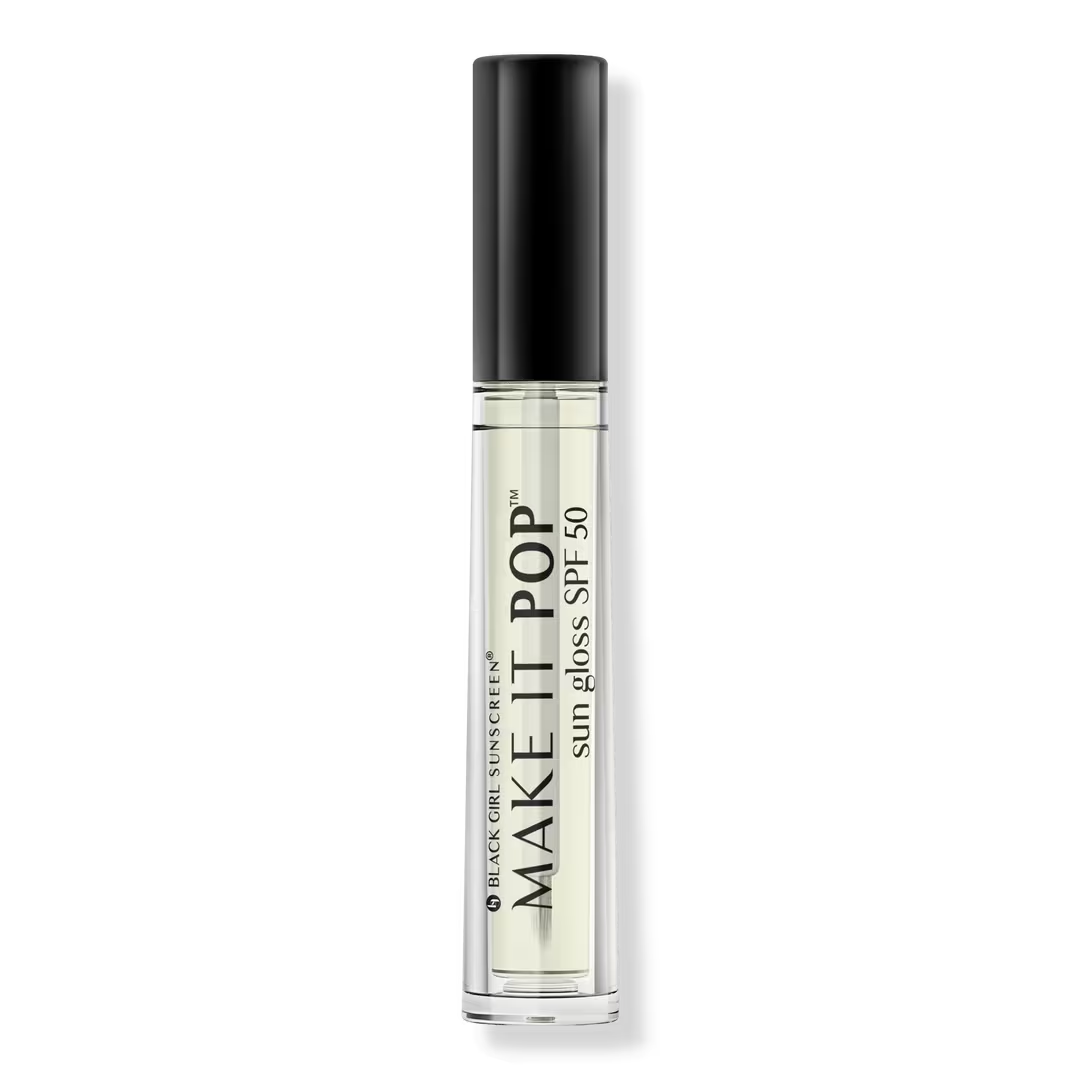
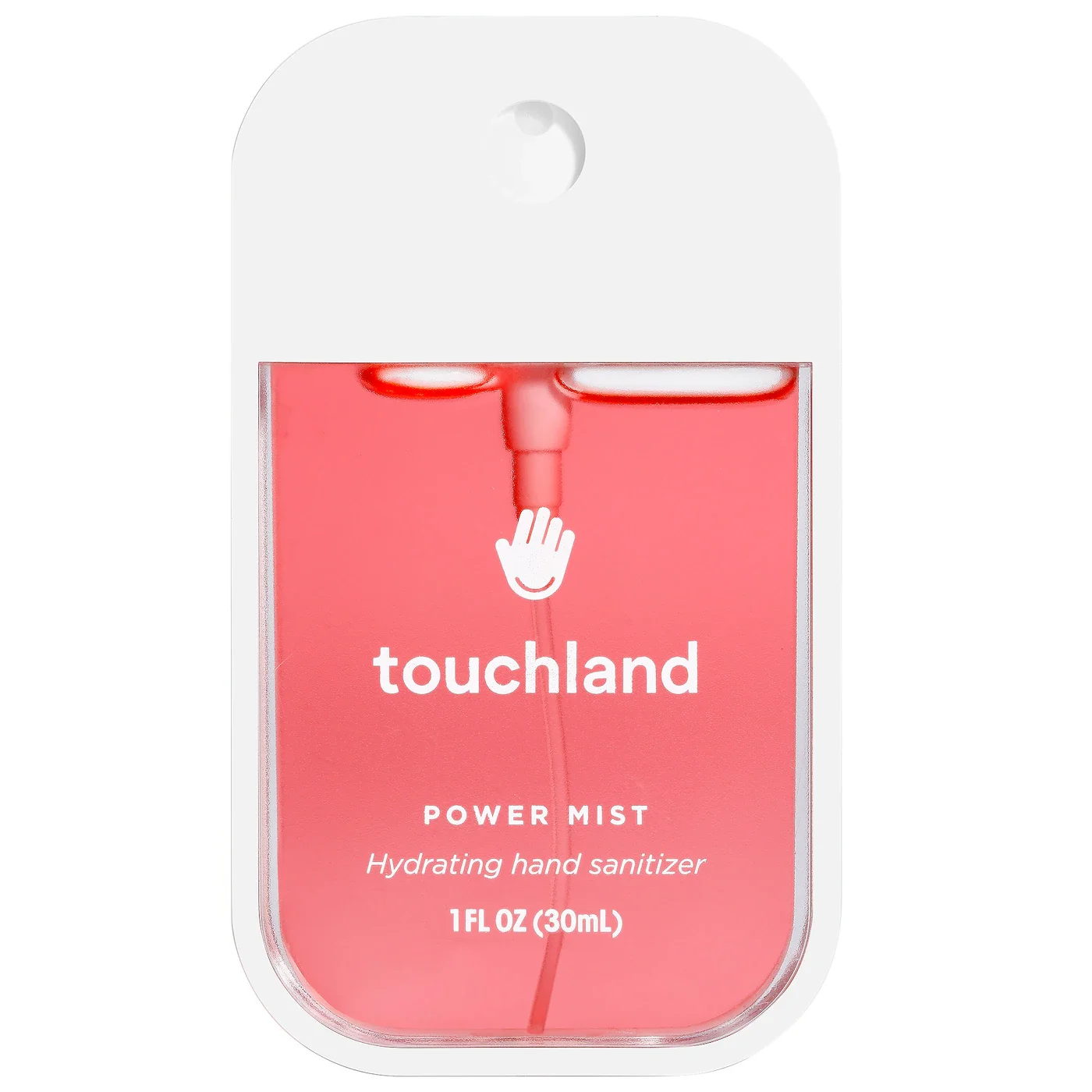
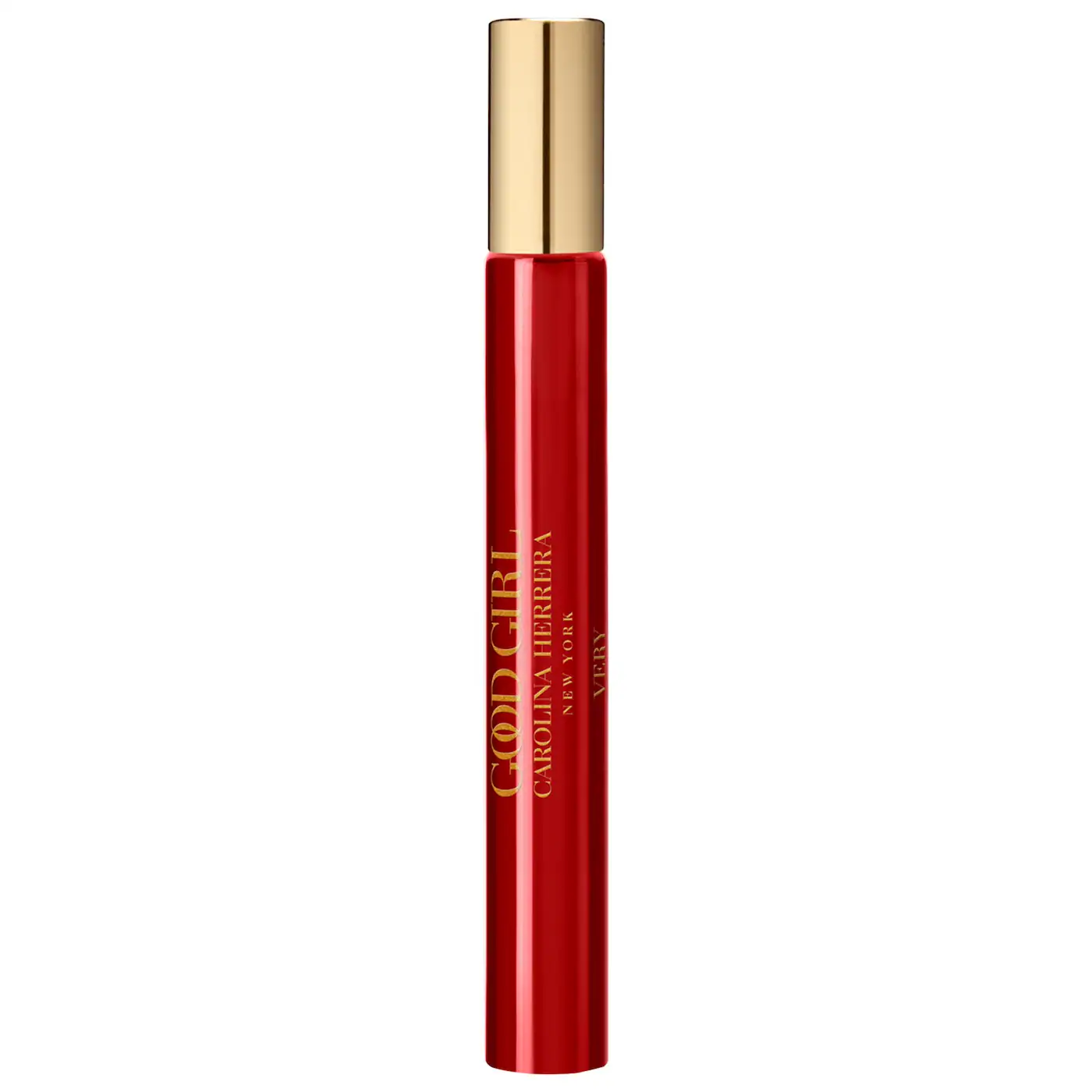
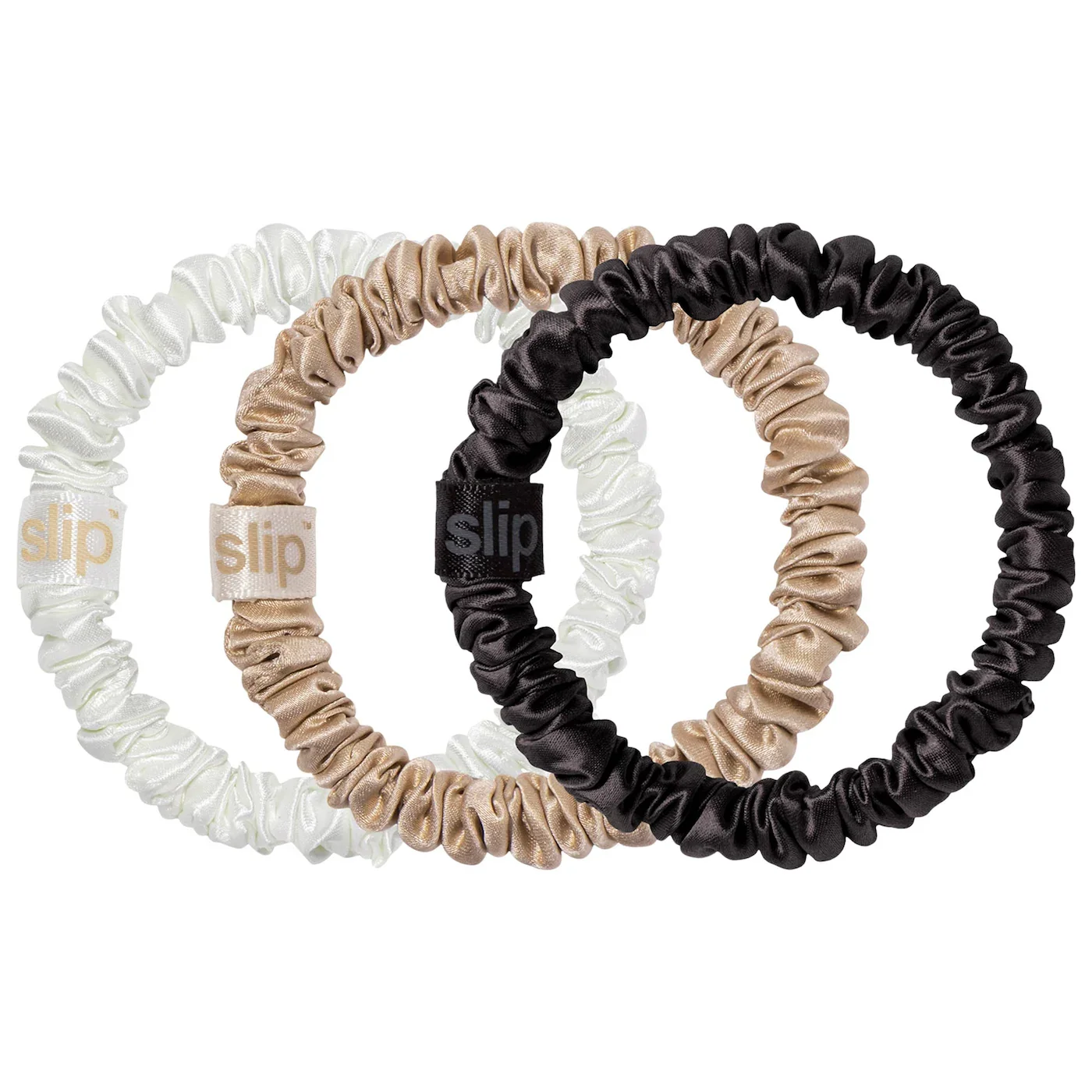
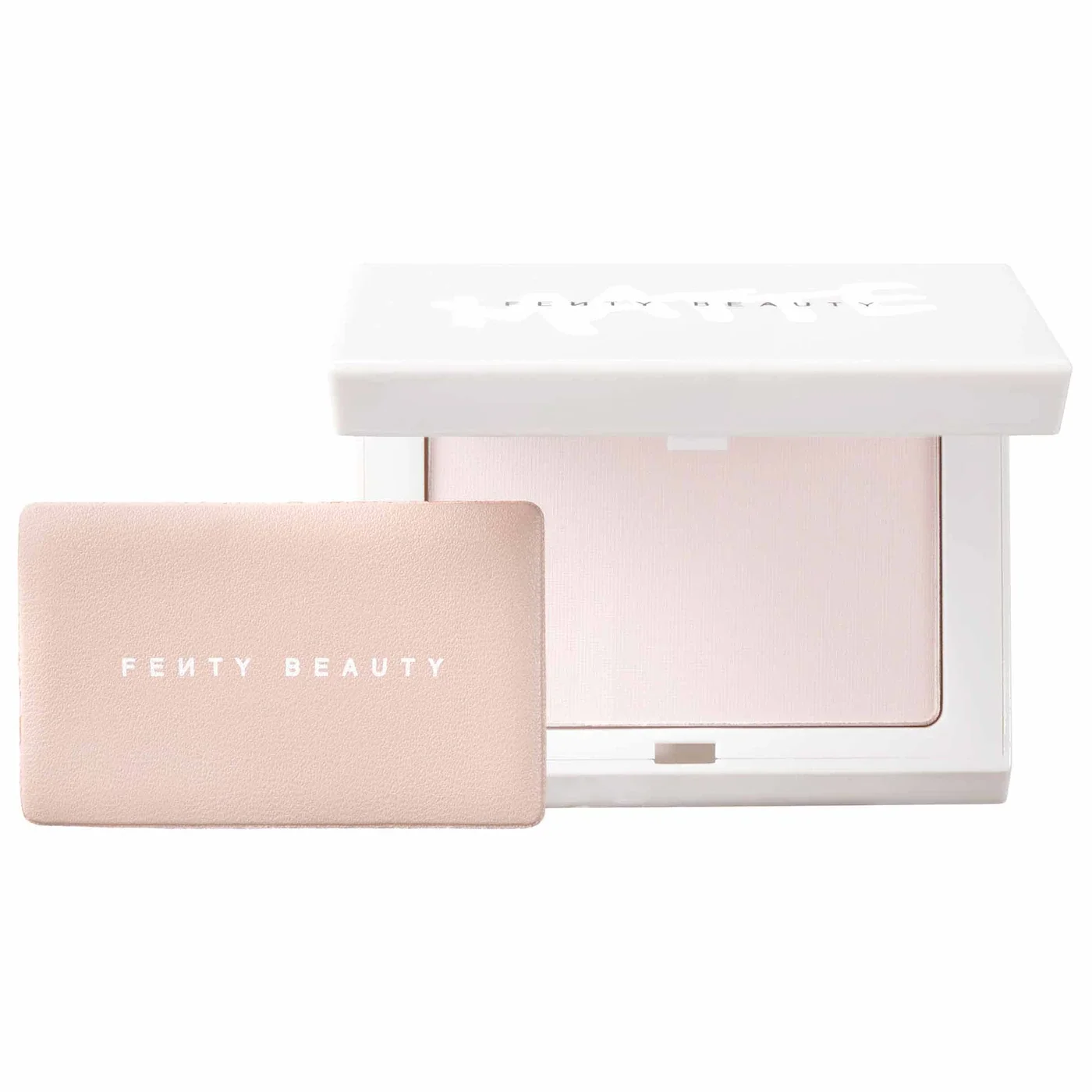
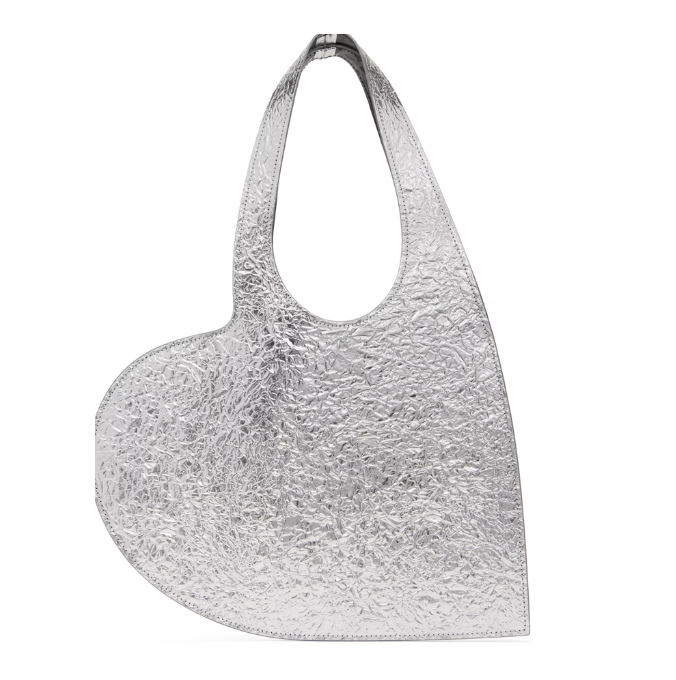
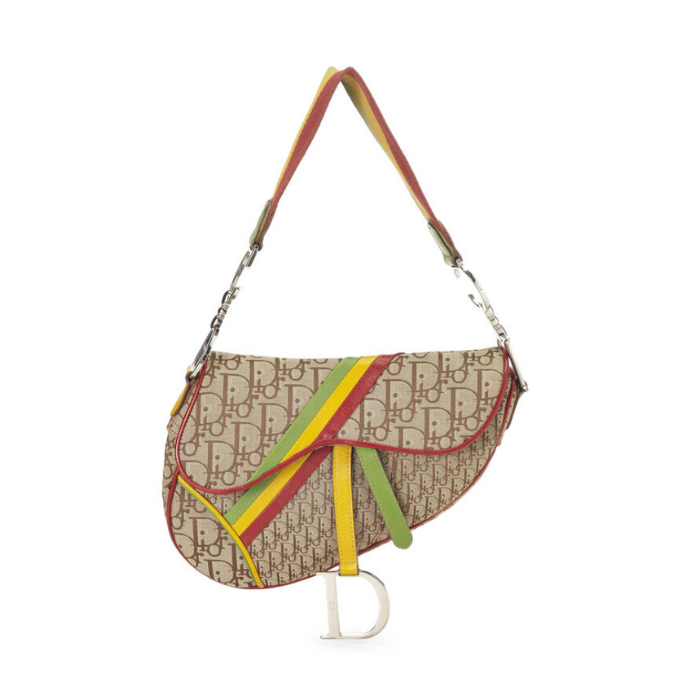
Achieving a great hair day involves taking care of our waves and curls. However, as we age, hair loss can occur, which can result in a receding hairline. Therefore, it’s crucial to take preventative measures and take good care of our hair to maintain its health.
Dr. Corey L. Hartman, founder of Skin Wellness Dermatology in Birmingham, AL, says, “a receding hairline is a common sign of hair loss,” Hartman tells ESSENCE. “Hair loss typically starts at the top of the scalp, directly over the forehead and patients typically first notice the receding hairline when their forehead appears ‘bigger’ or they notice thinning hair.”
For many men, a receding hairline is a symptom of aging and is genetic. If your dad has a receding hairline, you are more likely to experience it as well as you get older. “Most people will start to notice a receding hairline in their 40s and 50s,” Hartman says. “Anyone with genetic hair loss may notice it earlier.”
Whether you’re noticing hair loss or trying to prevent it, here, Dr. Hartman shares everything you need to know about receding hair lines.
What causes a receding hair line?
Aside from age and genetics, Hartman also explains that your hormones play a part in a receding hairline. “Specifically the male sex hormone dihydrotestosterone (DHT). Research has shown that men with higher testosterone levels increase the levels of DHT in the body, which then plays a key factor in hair thinning and loss.”
What can I do about it?
Hartman recommends his patients to see a dermatologist as soon as you start to notice a receding hairline. He also notes that one of the most effective options that a dermatologist can help you with is prescribing Dutasteride. “Dutasteride helps block the enzymes that stimulate the production of DHT,” Hartman says. “The less DHT in the system, the less cause for hair thinning and loss.”
Additionally, he suggests a platelet rich plasma (PRFM) treatment for his patients with hair loss. “PRFM is an in-office procedure performed by a board-certified dermatologist where we draw the patient’s own blood and then put it in a centrifuge to separate blood platelets,” he says. “Blood platelets have growth factors that stimulate stem cells, which then trigger the hair growth cycle.”
What products help with this?
And not only are these dermatologist-recommended treatments available to you, there are also great products out there that help stimulate hair growth. Below, you’ll find three great options to try.
